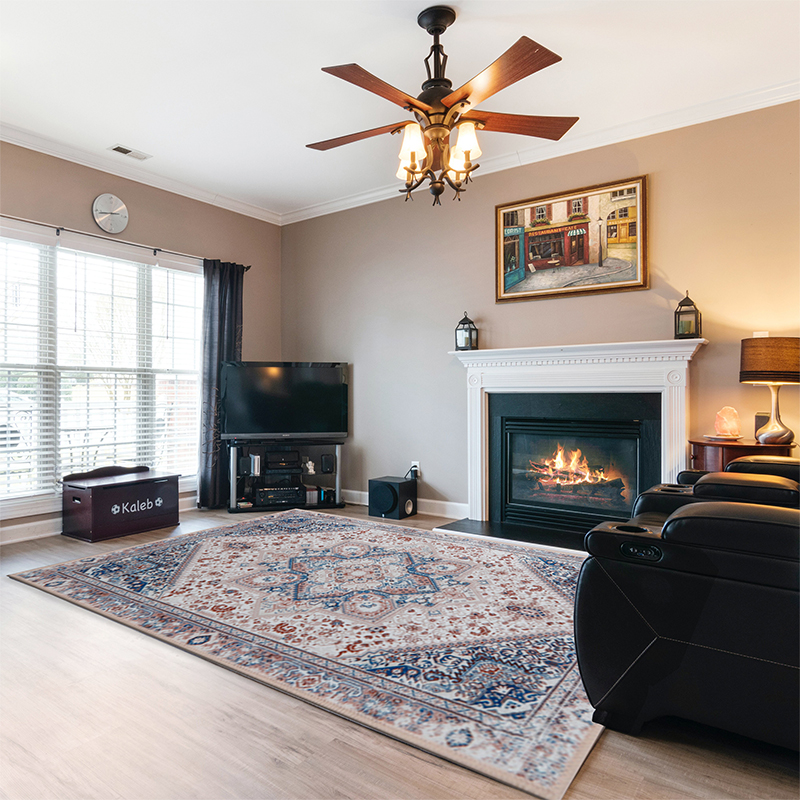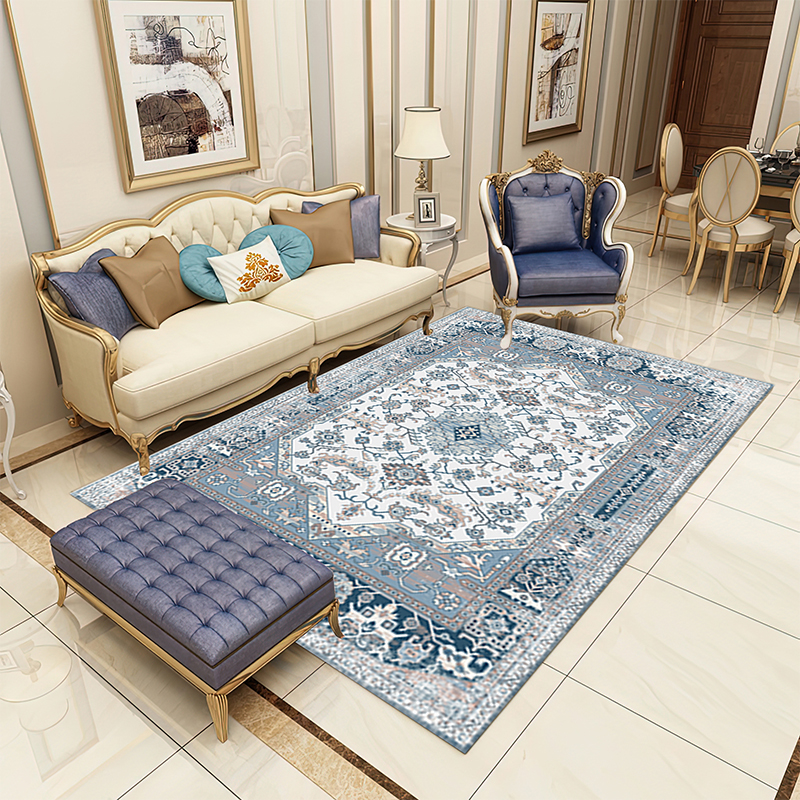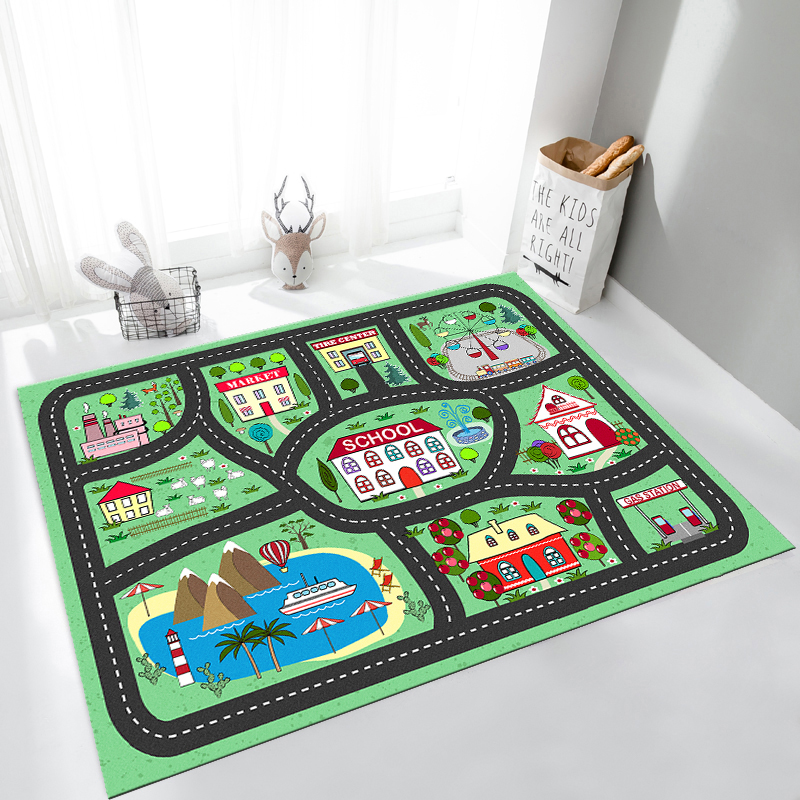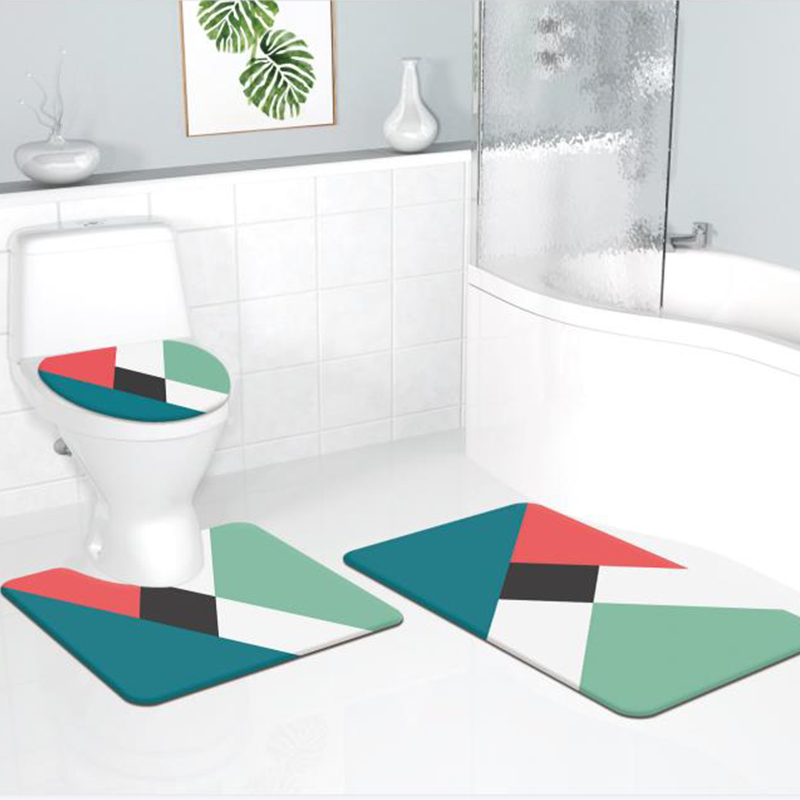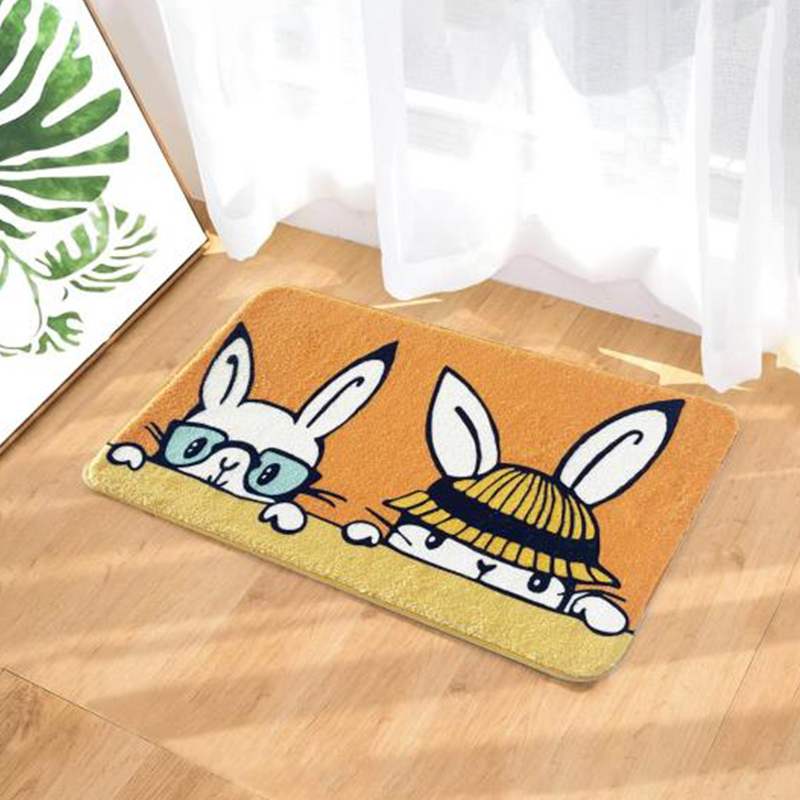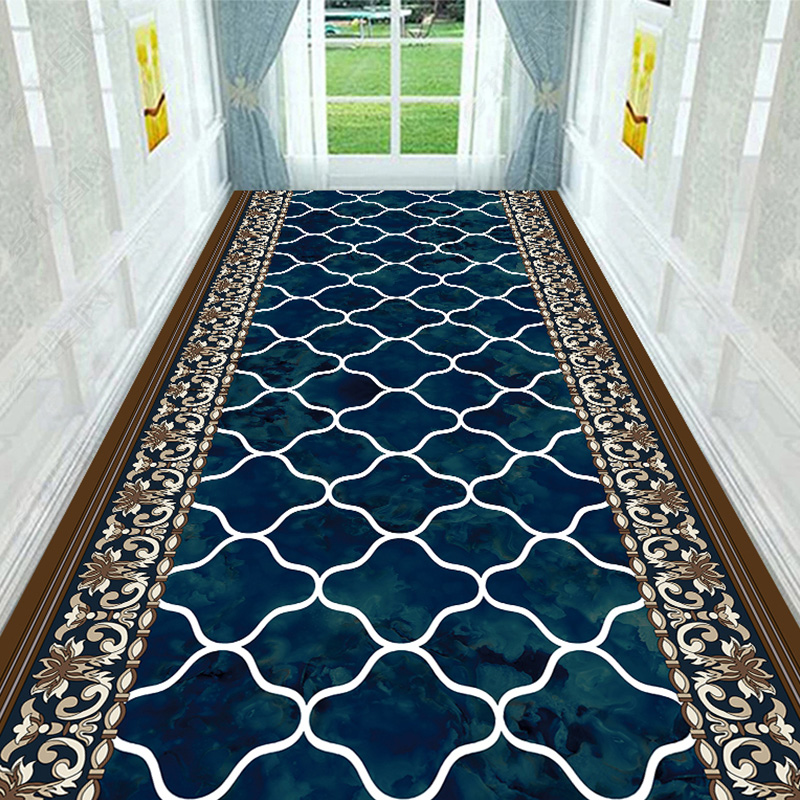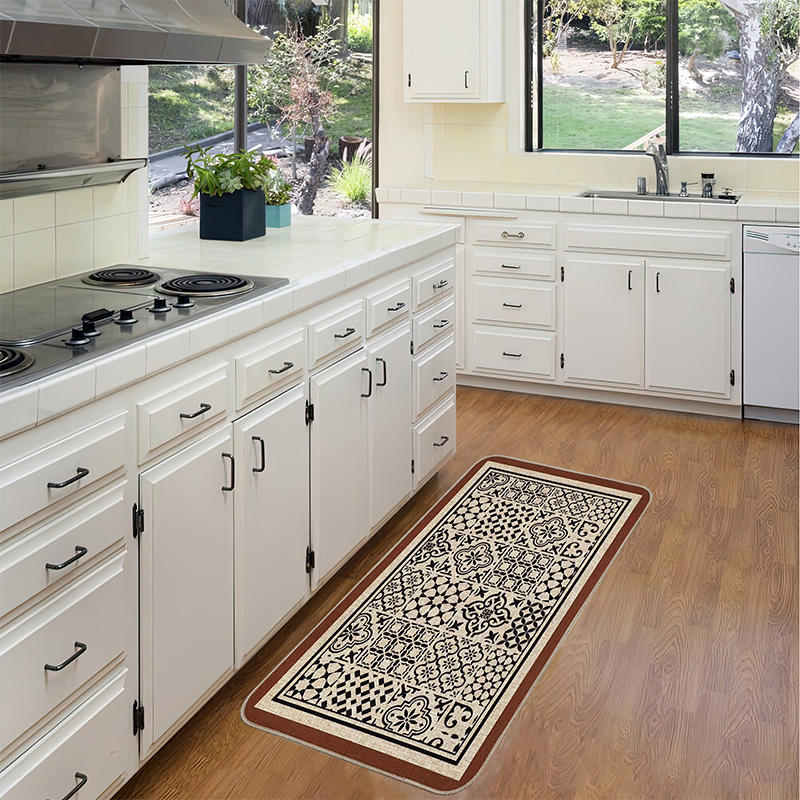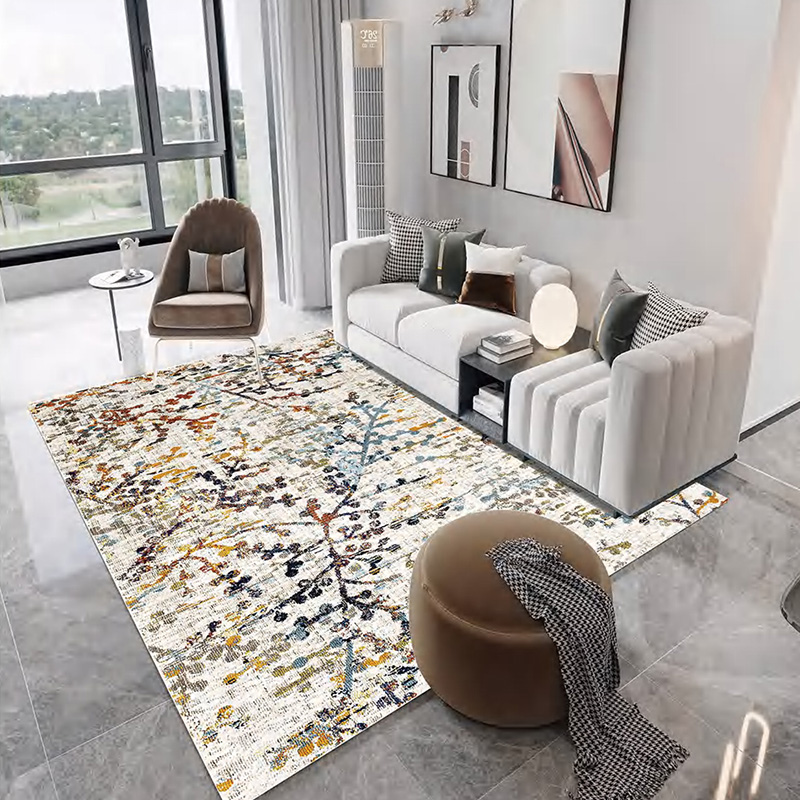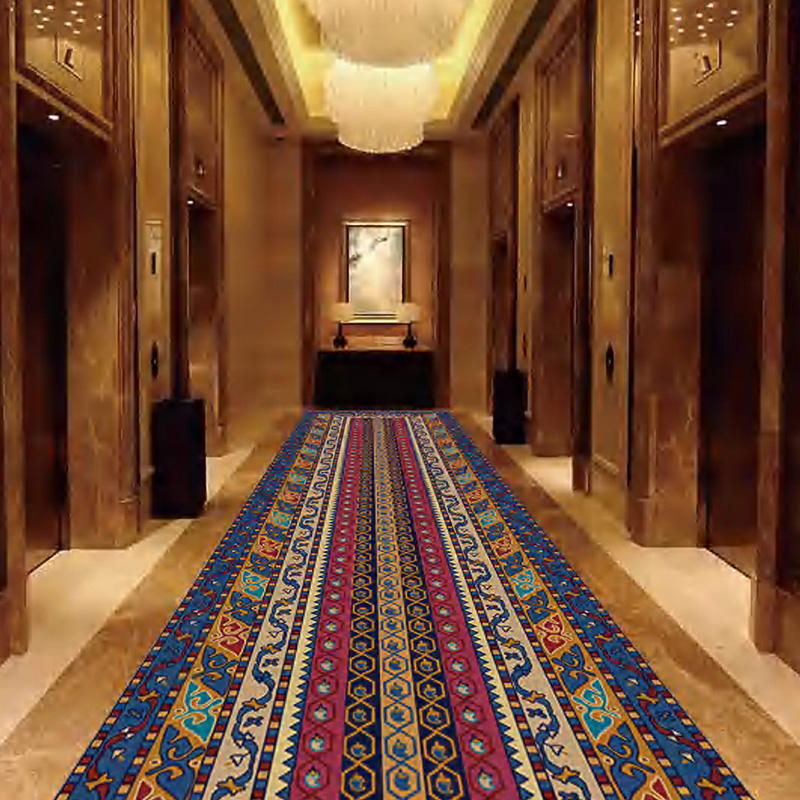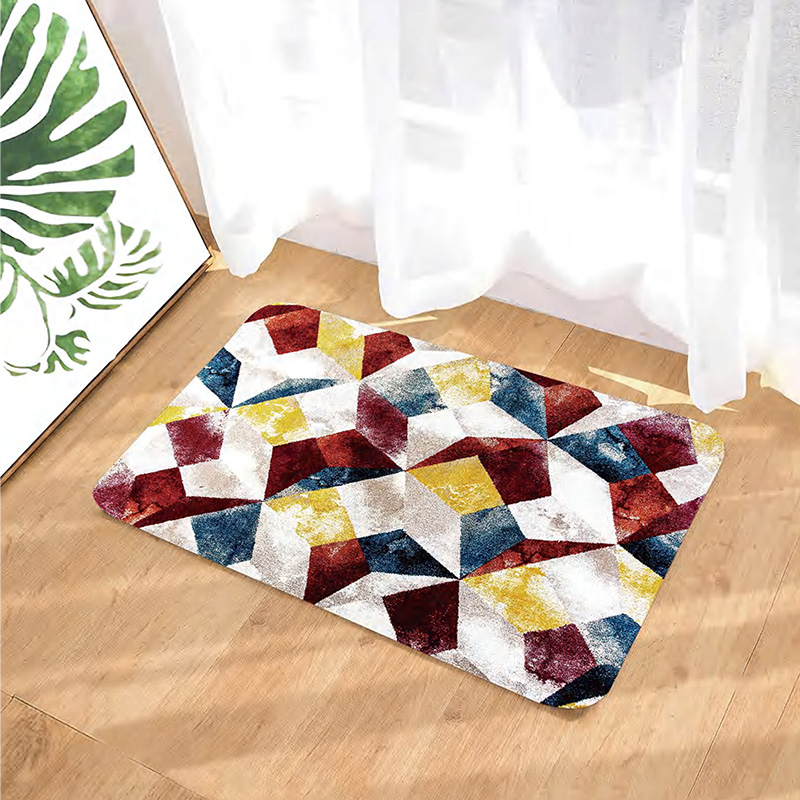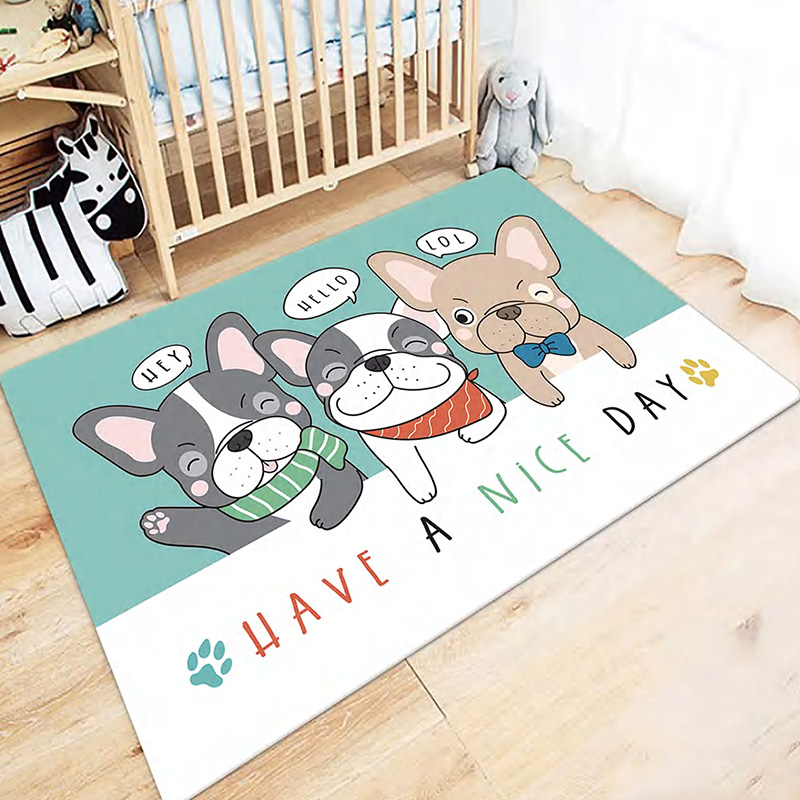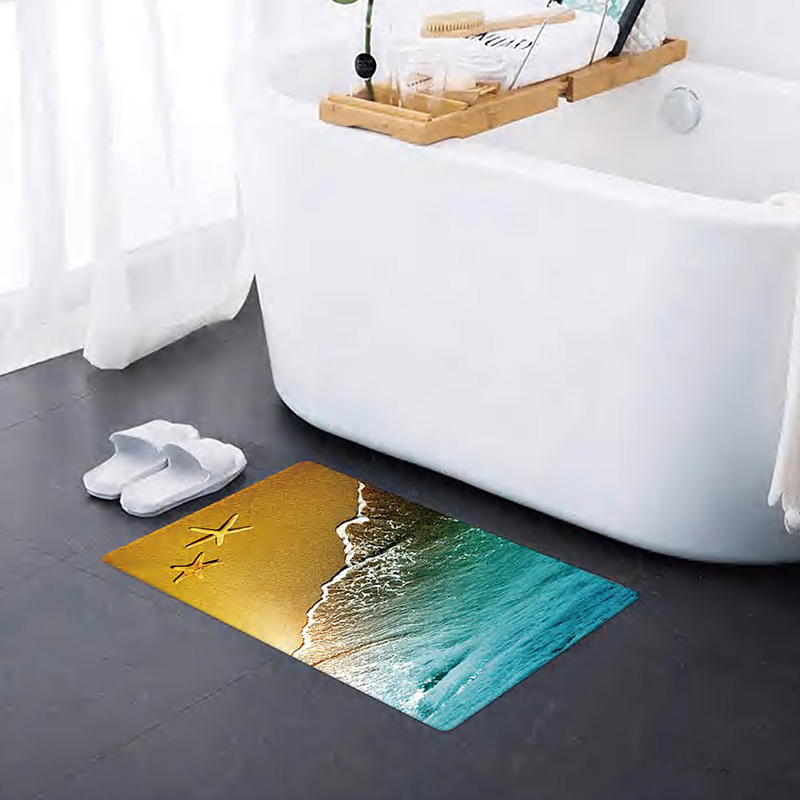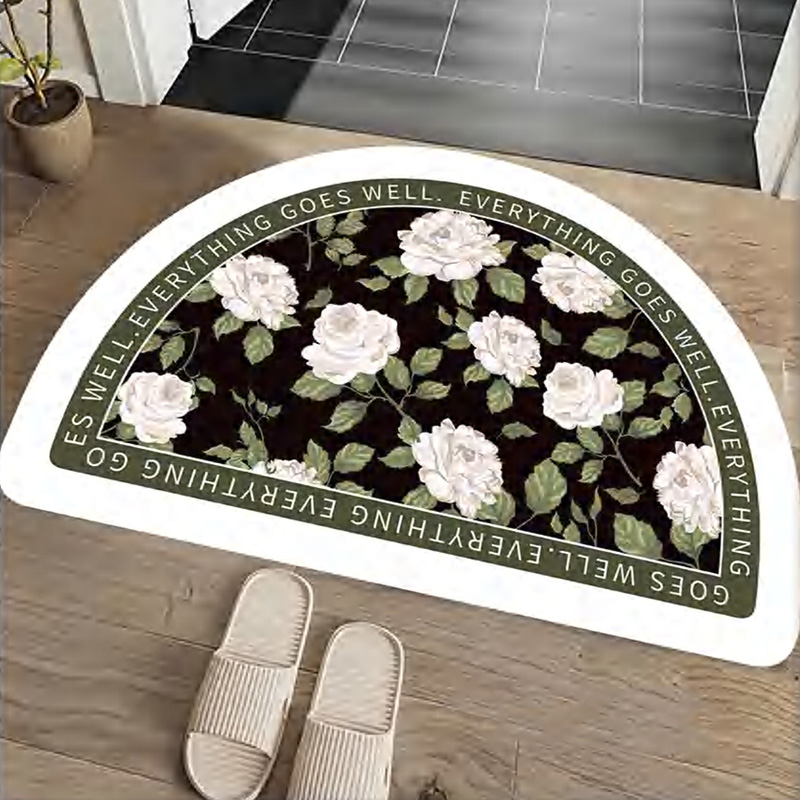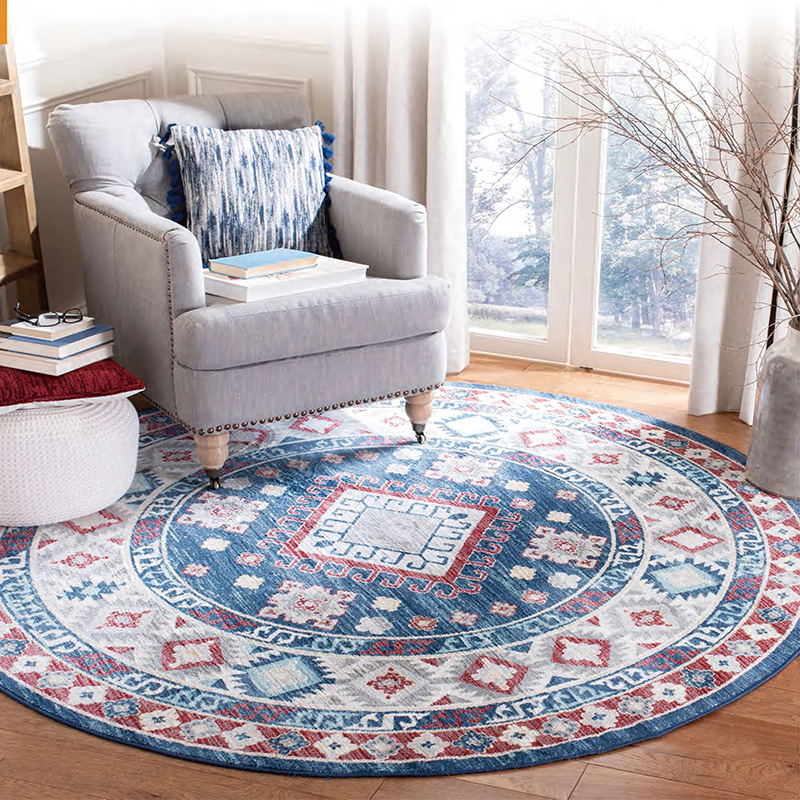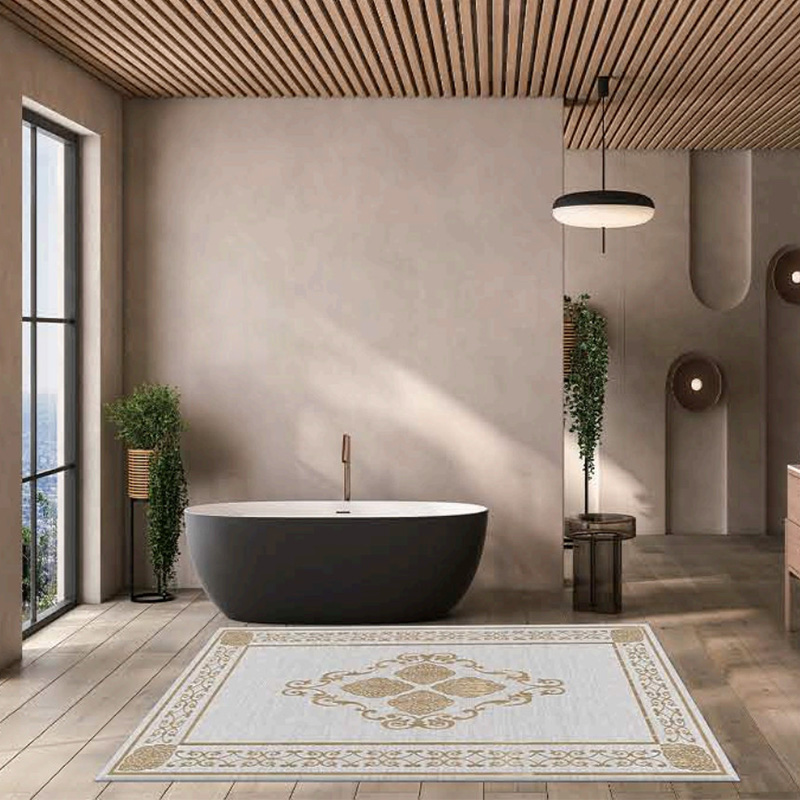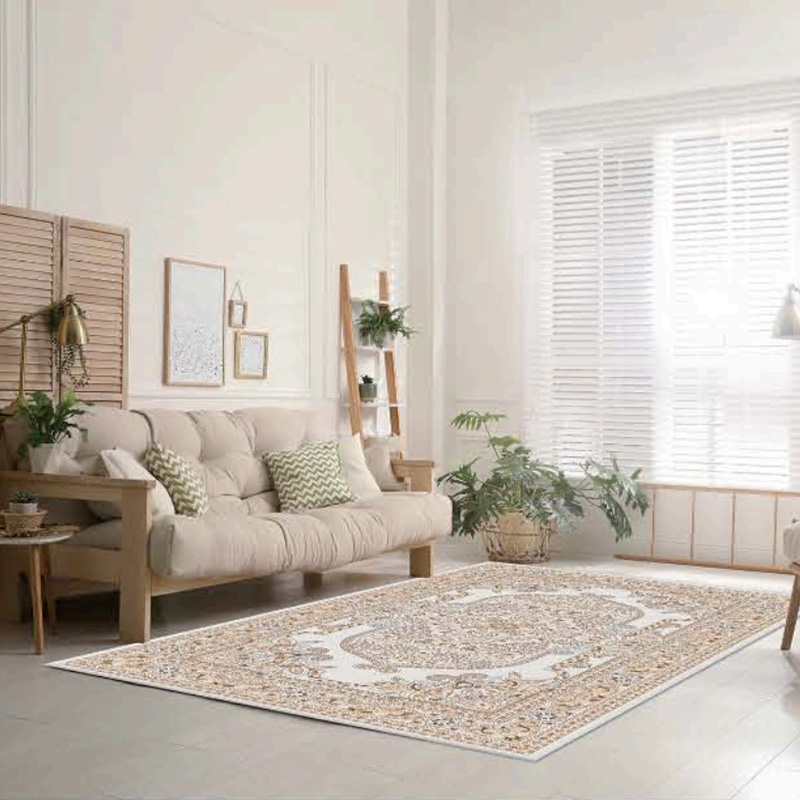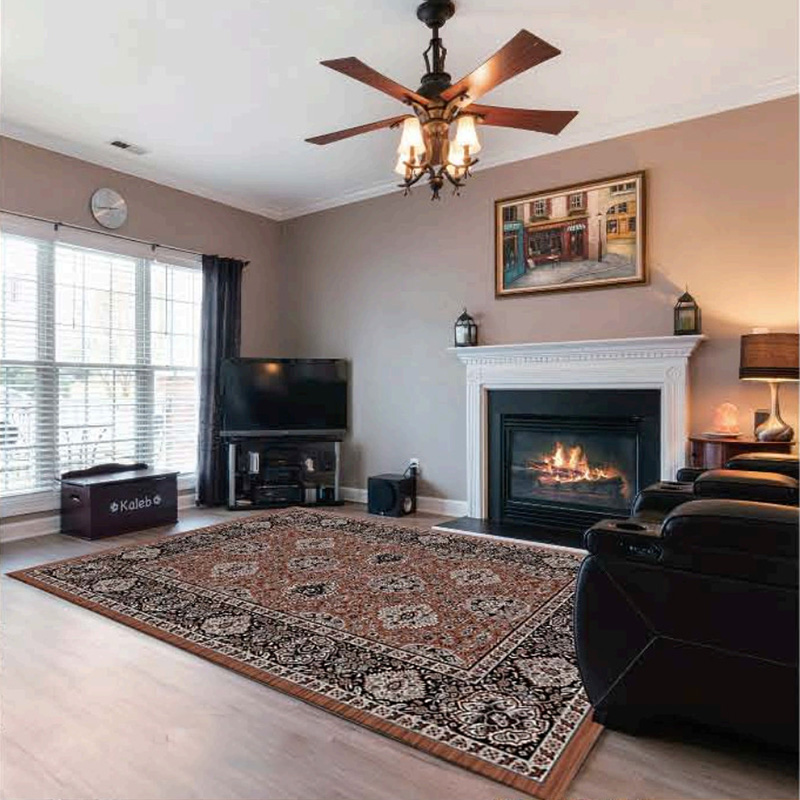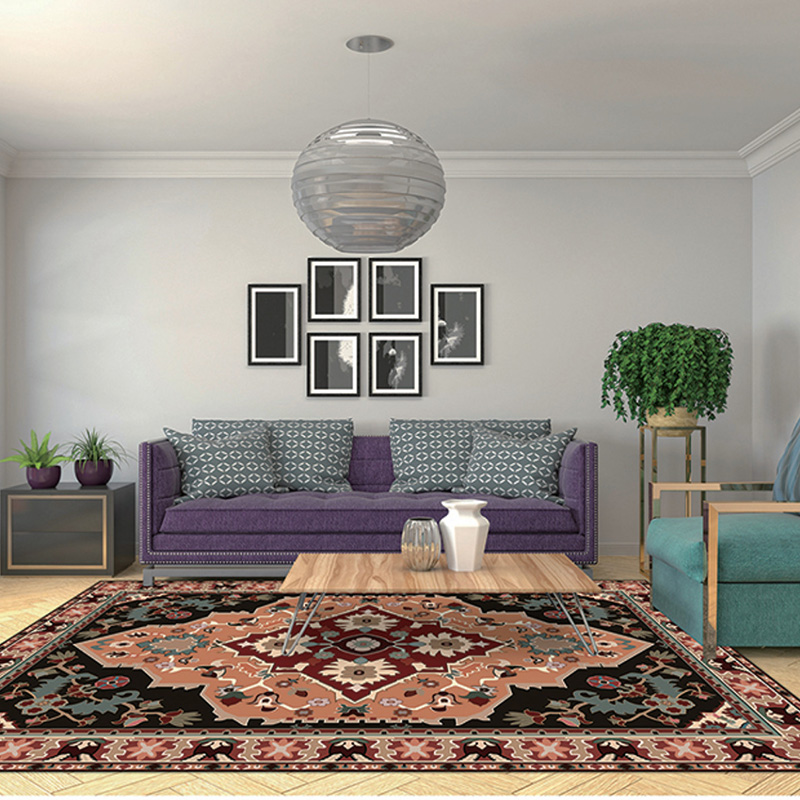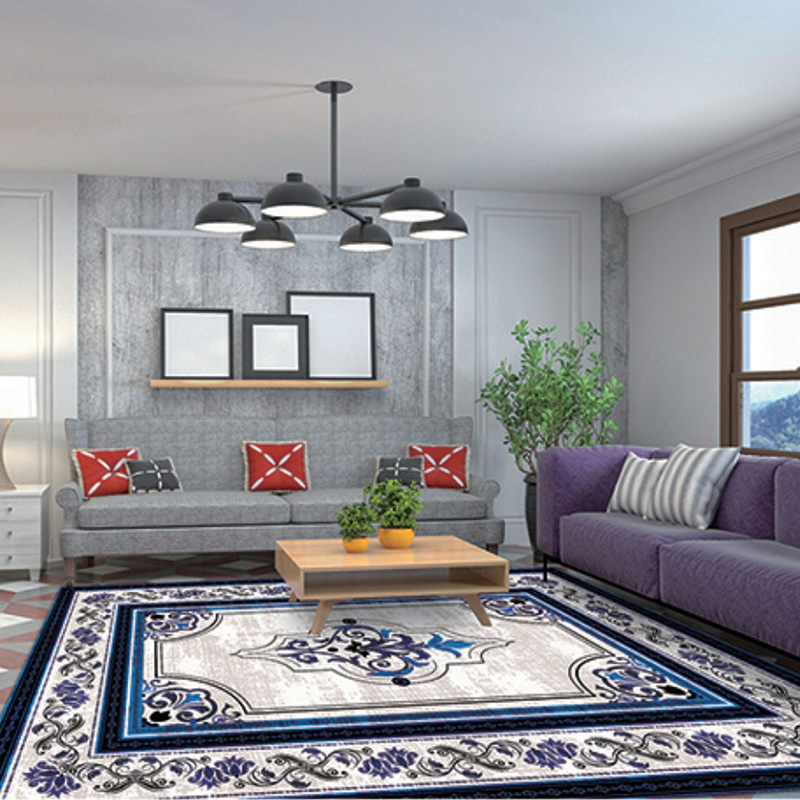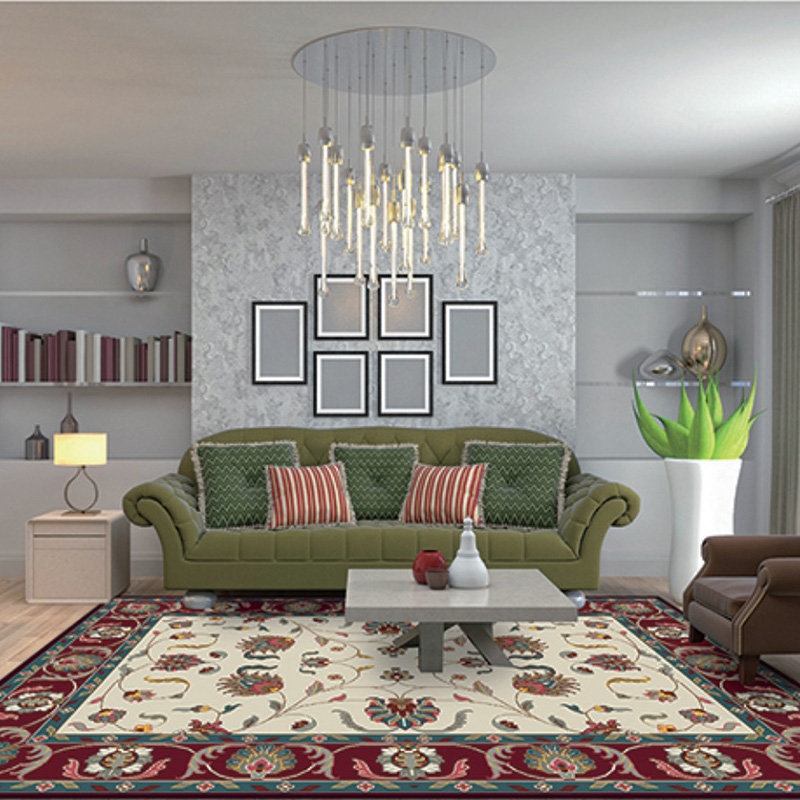Few decorating decisions have as much instant impact as unrolling a generously proportioned rug, yet many shoppers freeze the moment they face the tape measure. A Large Area Rug that is even six inches off can make a sofa look adrift or turn a dining set into an awkward island. Below is a practical, room-by-room guide that distills designer tricks and retail data into one simple mission.
Start with the golden rule: the rug should anchor every key piece of furniture in the space while leaving a consistent “frame” of flooring around the perimeter. In many homes that frame is between twelve and twenty-four inches; smaller rooms can shrink to eight, grand lofts can stretch to thirty. Keep that border in mind as you move through each zone.
Living Rooms
Designers classify three common layouts. The “all-on” layout places every front leg of sofas and accent chairs on the rug; this requires the largest piece you can reasonably fit. Measure the full length and depth of your seating cluster, then add at least eight inches on each side so rear legs do not teeter on the edge. For a standard three-seat sofa (≈ 84" wide) paired with two chairs, a 9'×12' rug is the ordered size in North American e-commerce carts. If your room is compact, switch to the “front-legs-only” approach: the rug stops just short of the back legs and can drop to 8'×10'. Finally, a small “coffee-table anchor” (5'×8' or 6'×9') works in studios, but beware—the visual shrinkage can feel like a postage stamp once the TV is on.
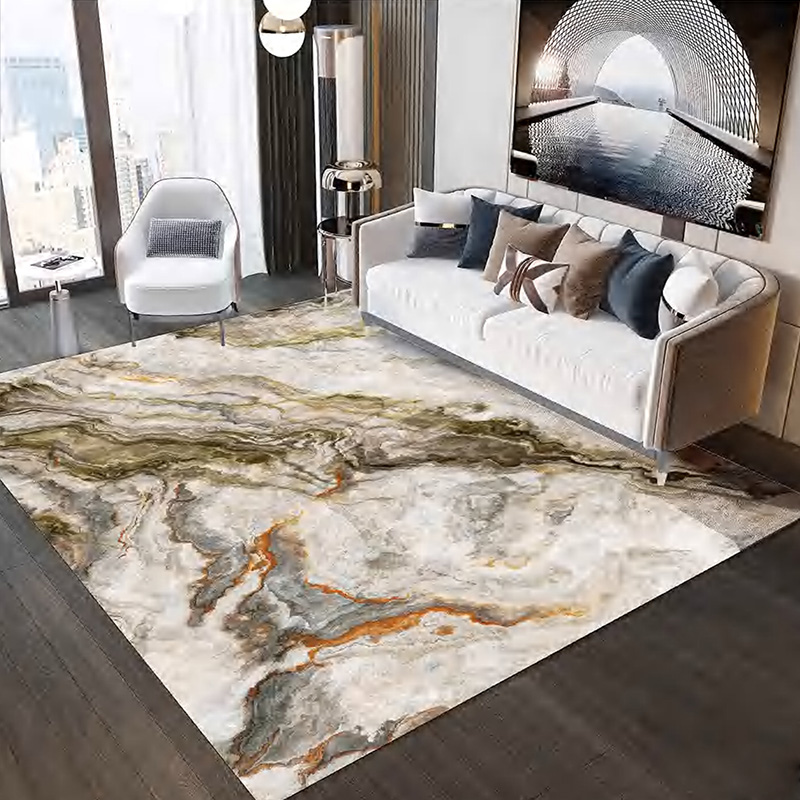
Dining Rooms
The rug must extend at least twenty-four inches beyond every edge of the table so diners can slide chairs back without snagging. Measure the table at its widest leaf, then add four feet in both directions. Round tables love round rugs; a 72" table therefore pairs with an 8' round. Rectangular tables that seat six typically sit on 8'×10' rugs, while eight-seaters move up to 9'×12'.
Bedrooms
King-size beds (76"×80") look balanced on a 9'×12' rug that peeks out three feet on the sides and foot. Queens (60"×80") can use 8'×10', but if you like step-off softness on both sides, stay with 9'×12'. Runners flanking the bed are a clever hack for tight budgets: two 2'×8' runners equal the comfort of a full rug for roughly half the price.
Hallways & Open-Concept Spaces
For long corridors, stick to the runner formula: four to six inches of floor showing on every side. In lofts, tape painter’s lines on the floor to create “zones” before purchasing; online AR apps can overlay virtual rugs, but nothing beats the honesty of blue tape at breakfast time.
Last-Minute Sanity Checks
Measure twice, order once—then subtract two inches all around for minor shrinkage after packaging.
Account for door clearance: add rug thickness to any swing path.
If debating between two sizes, always size up; an extra foot rarely hurts, but a short foot always does.
With these guidelines, the once-daunting aisle of Large Area Rugs becomes a simple matter of numbers and proportion. Roll it out, stand back, and watch the room snap into focus.

 英语
英语 阿拉伯语
阿拉伯语 德语
德语
